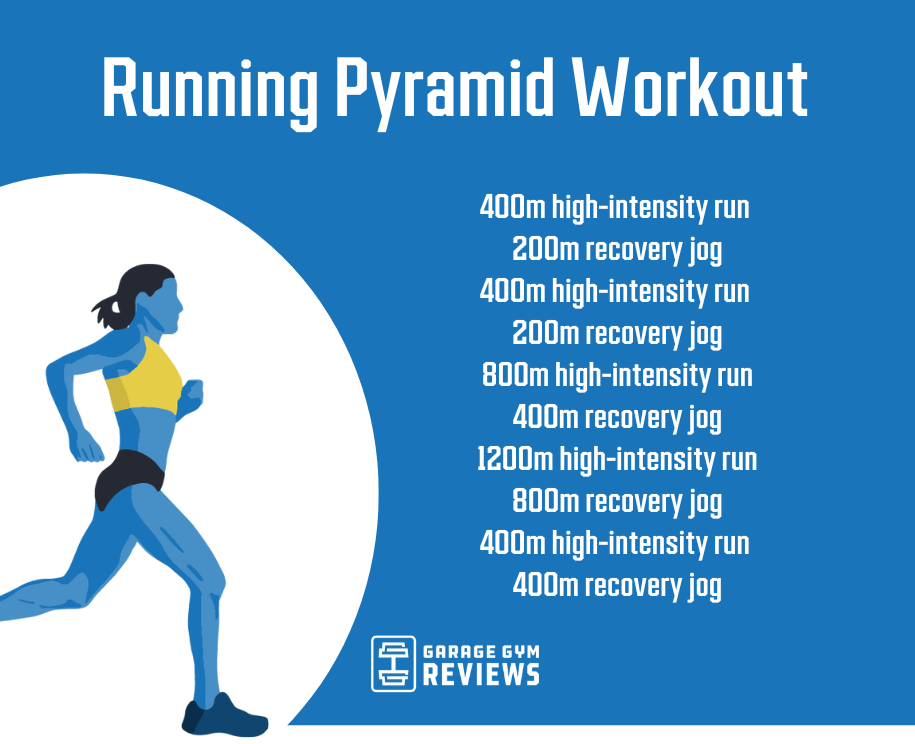Overhaul Your Running Strategy: Tips for Enhanced Performance
Overhaul Your Running Strategy: Tips for Enhanced Performance
Blog Article
Just How to Prevent and Take Care Of Pain in Operating: Professional Tips and Recommendations
As runners, we often find ourselves captured between the enjoyment of pushing our physical borders and the discomfort that can accompany it. The pursuit of that jogger's high can occasionally be hindered by the unwanted friend of discomfort. Whether you are a skilled marathoner or a novice striking the pavement for the very first time, the unpleasant presence of pain and pain is a common measure. Nonetheless, there exist tried and tested approaches and professional guidance that can help reduce and manage these pains, permitting you to focus on the delight of running itself.
Importance of Proper Footwear
Appropriate footwear plays a vital duty in protecting against and handling pain for runners, as it substantially affects their comfort, efficiency, and total foot health. When it involves running, using the right footwear can make all the difference. Uncomfortable or incorrect footwear can lead to a host of issues such as sores, shin splints, plantar fasciitis, and much more extreme injuries like tension fractures.
Picking the right operating footwear involves thinking about aspects such as foot type, gait auto mechanics, running terrain, and personal preferences. Joggers with high arcs may need more cushioning and support, while those with flat feet might take advantage of stability footwear. In addition, recognizing pronation (the internal rolling of the foot) and supination (the outside rolling of the foot) can assist in selecting footwear that give the ideal level of arch assistance.
Spending in top quality operating footwear that are proper for your specific needs can help protect against discomfort and discomfort while boosting your running experience. Focusing on correct footwear is not practically efficiency however likewise concerning safeguarding your foot wellness in the long run.

Efficient Warm-up Techniques
A dynamic warm-up regimen before a run aids enhance blood circulation to the muscular tissues, enhances flexibility, and boosts the array of motion of the joints. Dynamic stretches like leg swings, high knees, and hip circles are advantageous in preparing the body for the physical needs of running.
In enhancement to dynamic stretches, incorporating some light cardio exercises such as running or skipping rope can additionally boost the heart price and heat up the body. This combination of dynamic extending and light cardio helps loosen limited muscle mass, lube the joints, and psychologically prepares the jogger for the upcoming exercise (running strategy). By making warm-ups a constant part of your running regimen, you can significantly minimize the danger of injuries and execute at your ideal throughout each run
Key Extending Exercises
When getting ready for a run, incorporating key extending exercises is vital to boost muscle mass versatility and prevent injuries - Read More. Dynamic stretches such as leg swings, high knees, and hip circles are helpful for heating up the muscular tissues and increasing series of movement before a run. These activities help improve blood circulation, loosen limited muscular tissues, and prepare the body for the activity in advance
Fixed stretches like calf bone stretches, hamstring stretches, and quadriceps stretches ought to adhere to a go to aid in muscle recovery and stop tightness. Holding each stretch for 15-30 secs enables the muscles to loosen up and elongate, lowering the risk of post-run soreness and prospective injuries.
In addition, incorporating yoga presents like down pet dog, pigeon position, and spine spins can target several muscular tissue teams concurrently, advertising overall flexibility and stamina. Consistent stretching regimens not only improve performance however additionally help in keeping great running type and preventing overuse injuries. Remember, proper extending methods are crucial for a risk-free and satisfying running experience.
Recuperation and Rest Methods
After completing a run, applying effective recuperation and rest techniques is vital for making the most of performance and decreasing check my source the threat of injuries. One critical element of healing is enabling the body time to relax and repair itself. Appropriate rest is vital as it is during rest that muscles recoup and expand stronger. Furthermore, integrating rest days right into your training routine is important to avoid overuse injuries and exhaustion.
Energetic healing techniques such as gentle extending, foam rolling, and yoga exercise can help enhance circulation, reduce muscle discomfort, and boost versatility. It is also beneficial to focus on hydration and nourishment post-run to replenish electrolytes, glycogen shops, and advertise muscle mass healing.
Cross-training activities like swimming or biking can give a break from the repeated effect of running while still maintaining cardio physical fitness - running strategy. Paying attention to your body and recognizing when it needs a break is key to avoid persistent injuries and ensuring long-term running success. Remember, rest is not an indication of weak point but a critical element of a well-shaped training program
Cross-Training Conveniences

It permits you to work on different elements of health and fitness that may not be targeted entirely via running, leading to an extra well balanced and well-rounded athlete. In addition, cross-training can aid enhance running effectiveness by addressing muscle imbalances and weaknesses that may hinder efficiency.
Conclusion
Finally, proper shoes, warm-up methods, extending workouts, healing approaches, and cross-training are important elements in avoiding and handling pain in running. By incorporating these practices into your regimen, you can reduce the danger of injury and pain while optimizing efficiency and pleasure of the sporting activity. Read More. Keep in mind to pay attention to your body, focus on remainder and recuperation, and seek specialist support when needed to make sure a risk-free and reliable running experience
Report this page